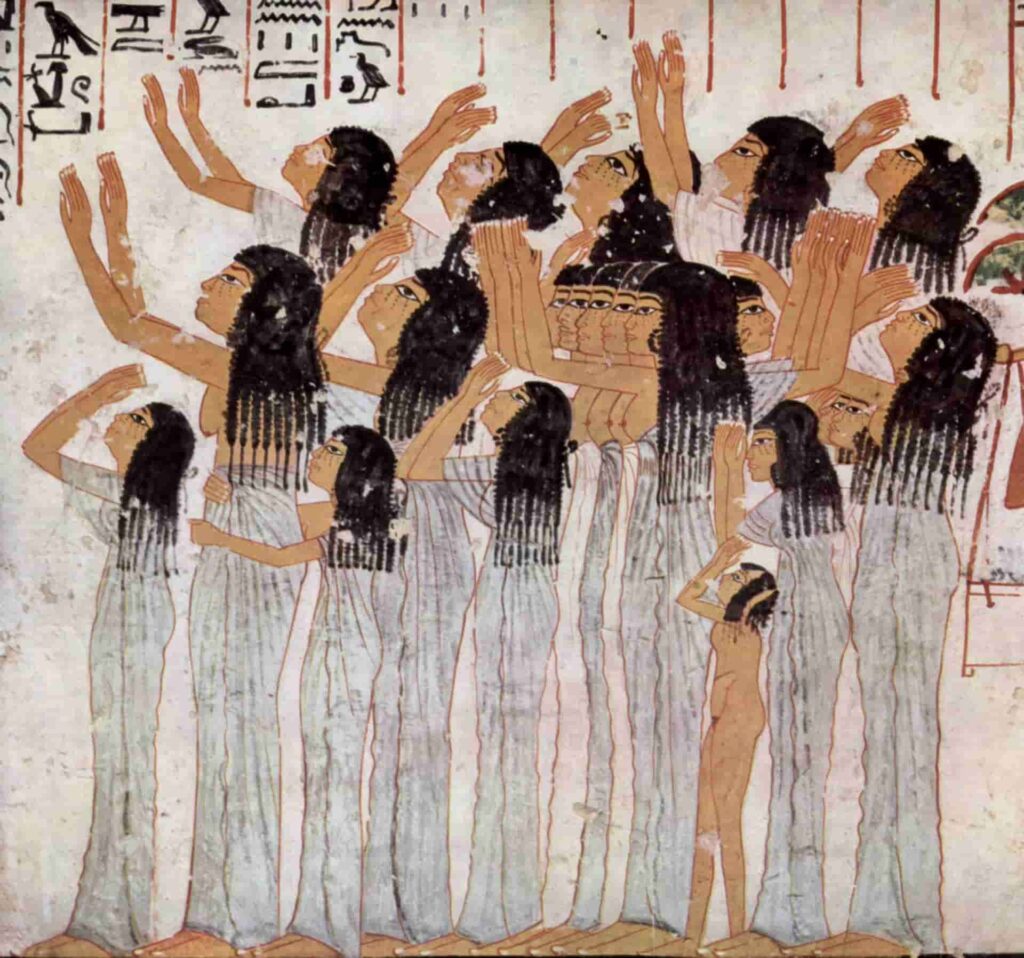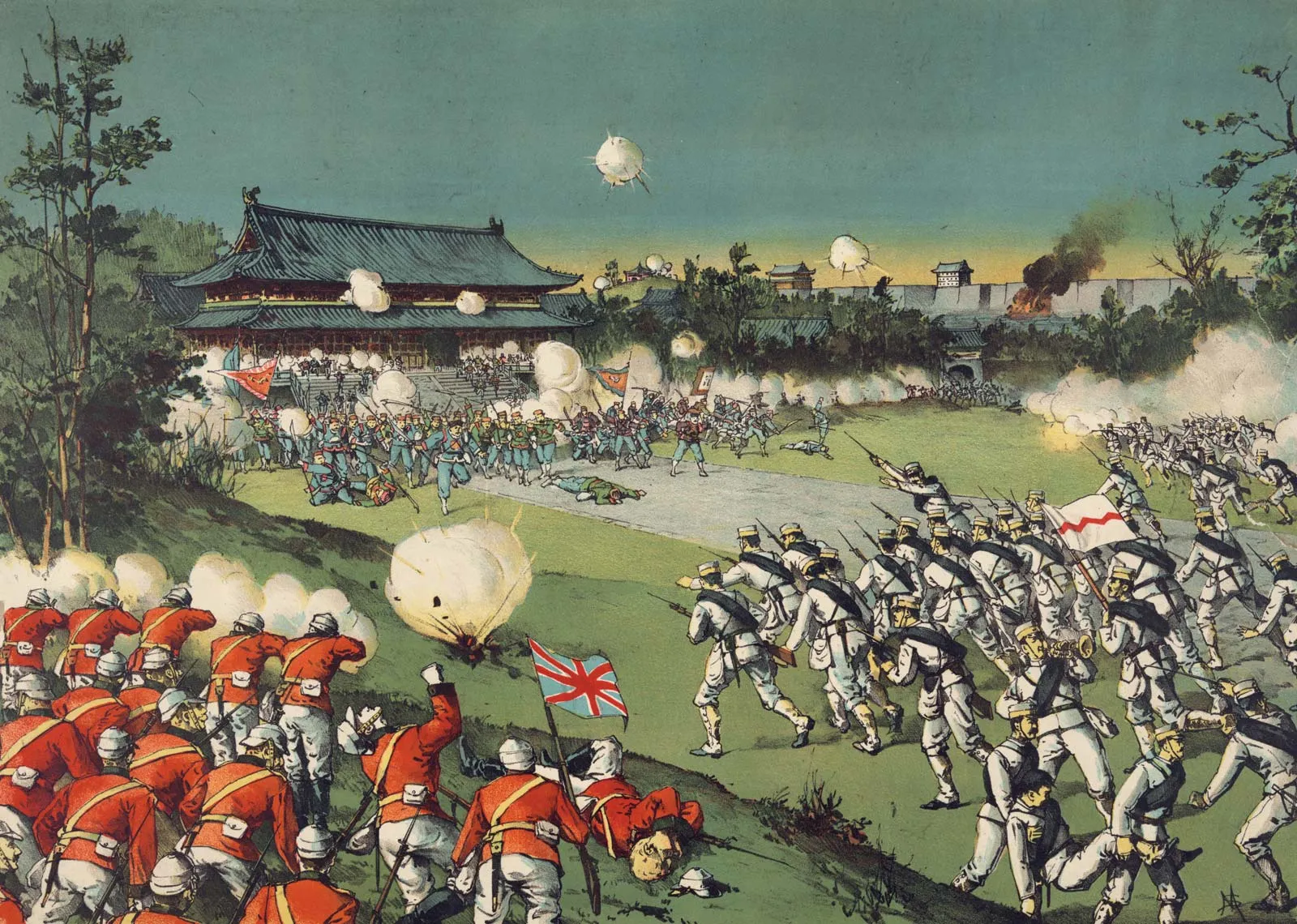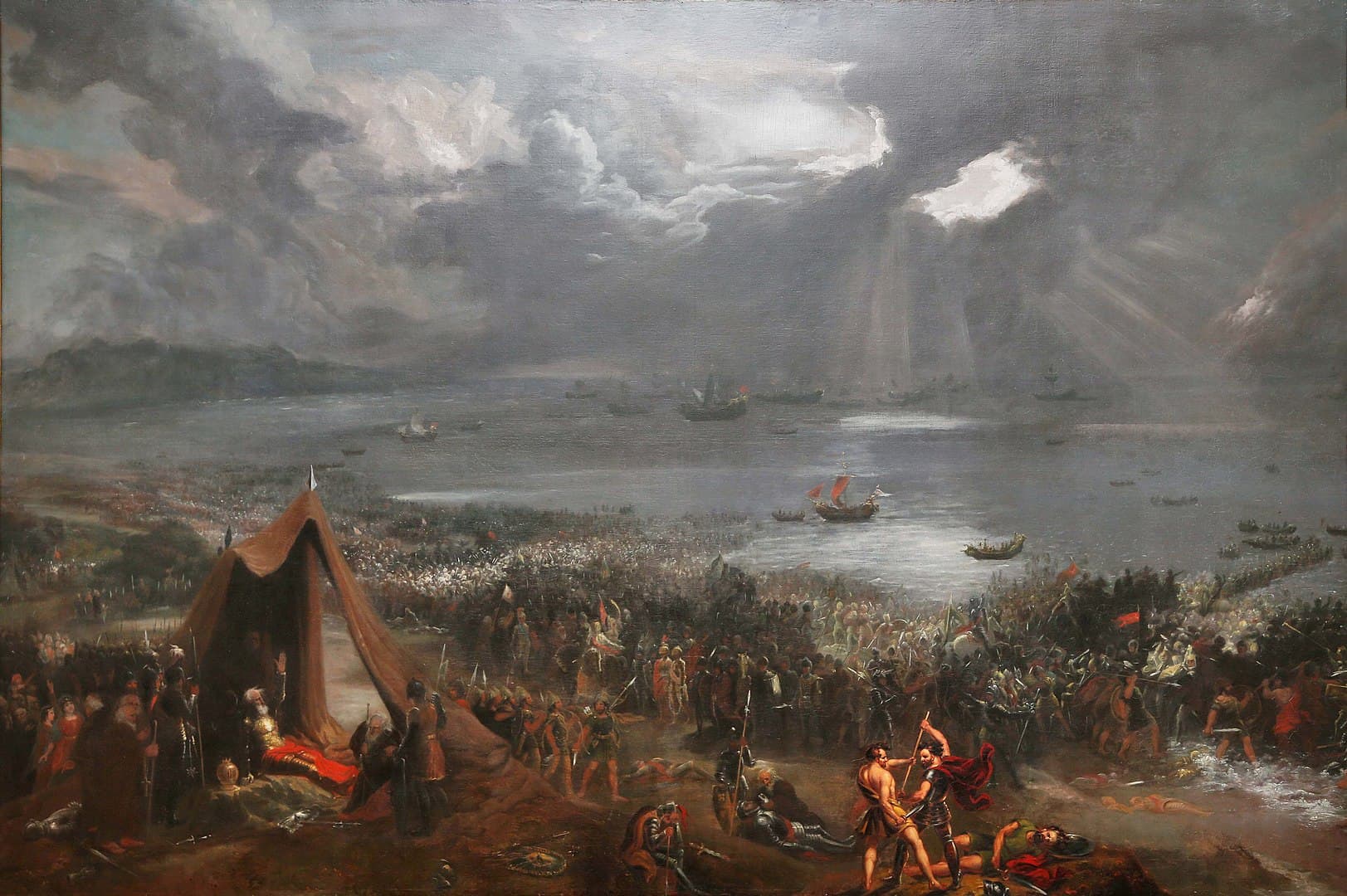Kalasiris was a thin, form-fitting dress made of nearly transparent linen that was worn by women in ancient Egypt, both in the court and among the upper class, as well as by farmers and artisans. The dress evolved into a simple tunic or robe that was also worn by men, often over the shendyt, the Egyptians’ white loincloth, and under a thin shoulder cape.
History

Kalasiris, a simple dress made of thin linen, was the predominant garment for women in ancient Egypt. The garment is known from the oldest depictions in the Old Kingdom around 2700 BCE to the end of the New Kingdom around 750 BCE. Initially, the dress was tight and tube-shaped, likely sewn together on one side to form a slim skirt that went from the ankles up to the chest under the armpits and was held up by two shoulder straps attached behind the neck, meeting in front and exposing the breasts.

Other models had a single strap over one shoulder but were still form-fitting. However, the dress was usually draped in various ways with a large square piece of fabric. Eventually, light, veil-like capes tied at the chest came into fashion.
Kalasiris, in various forms such as form-fitting, transparent tunics, also became common for men around 1500 BCE, influenced by the east. The tunics could also have fringe edges or be in colors other than white.

Due to the hot climate, the Egyptians dressed lightly and airily. The ancient Egyptian civilization was highly traditional and conservative, and clothing changed very little over the two-thousand-year history from the Old Kingdom (around 2700–2000 BCE) to the New Kingdom (around 1500–750 BCE). Unlike fitted jackets, tunics, and trousers in Persia, India, and China, the clothes of the ancient Egyptians, like those of the Greeks and Romans, were mostly draped around the body.

They mainly consisted of skirts and lightweight capes tied together or held in place by belts, collars, and tassels. Pleating emerged in Egypt’s third heyday, the New Kingdom, around 1580-950 BCE. Other garments also gradually became more elaborate.
During the Middle Kingdom around 2065-1660 BCE, a cape slowly developed, was worn over the shoulders, gathered in a knot on the chest, and used together with the skirt. The outfit eventually consisted of several pieces that changed in size and draping and were worn together or layered over each other. This also applies to Kalasiris. Linen was the most common material, often woven into a fine, nearly transparent fabric.
Name
Kalasiris, or kalasiris (Ancient Greek: καλάσιρις), was originally a simple women’s garment in ancient Egypt, resembling a shirt slightly above ankle-length, sewn from two rectangular pieces of fabric, with one or two wide diagonal straps, leaving the chest exposed (sometimes a one-piece shirt with a wide neckline was sewn).
The ancient Egyptian kalasiris received its name thanks to the ancient Greek historian Herodotus, who noted in his work “Histories”:
“The Egyptians wear linen tunics trimmed with fringe along the hem, called ‘kalasiris.’ Over these shirts, they put on white woolen cloaks.”
Herodotus does not specify who gave this name to the garment, so he might have heard it from Greeks living in Egypt.
Description
Kalasiris were made with sleeves (either integral or sewn separately) or without them, with deep necklines, on straps, or starting from the neckline. Often, kalasiris were knitted, clinging to the figure. A calf-hugging kalasiris didn’t allow for wide strides, making the gait mincing.
The difference in social status was not in the cut, but in the decorations and fabric quality: the nobility wore kalasiris made of fine fabrics, adorned with embroidery and pleating, supplemented with a high belt; peasants and slaves wore rough ones. Noblewomen also often wore a wide usekh collar, covering the shoulders and chest. Later, undergoing changes, kalasiris became men’s clothing as well. A shenti was worn over a man’s kalasiris.
During the Middle and then the New Kingdoms (4th to 1st millennium BCE), various versions of this garment appeared: pleated, with a wide flounce folded in large pleats, embroidered, covered with a net of ceramic beads, and intricately draped.
In the New Kingdom era (around 1580–1070 BCE), with the achievement of perfection in the production of the finest fabrics (linen and cotton), pleated clothing with its characteristic graphic clarity of straight lines became widespread – kalasiris transformed into a skirt worn on papyrus sandals.
The oldest known dress (the Tarkhan dress) was found in Egyptian Tarkhan in 1913 and dates back to 3482–3102 BCE. According to Democritus, kalasiris was also worn by Persians and Ionians.






